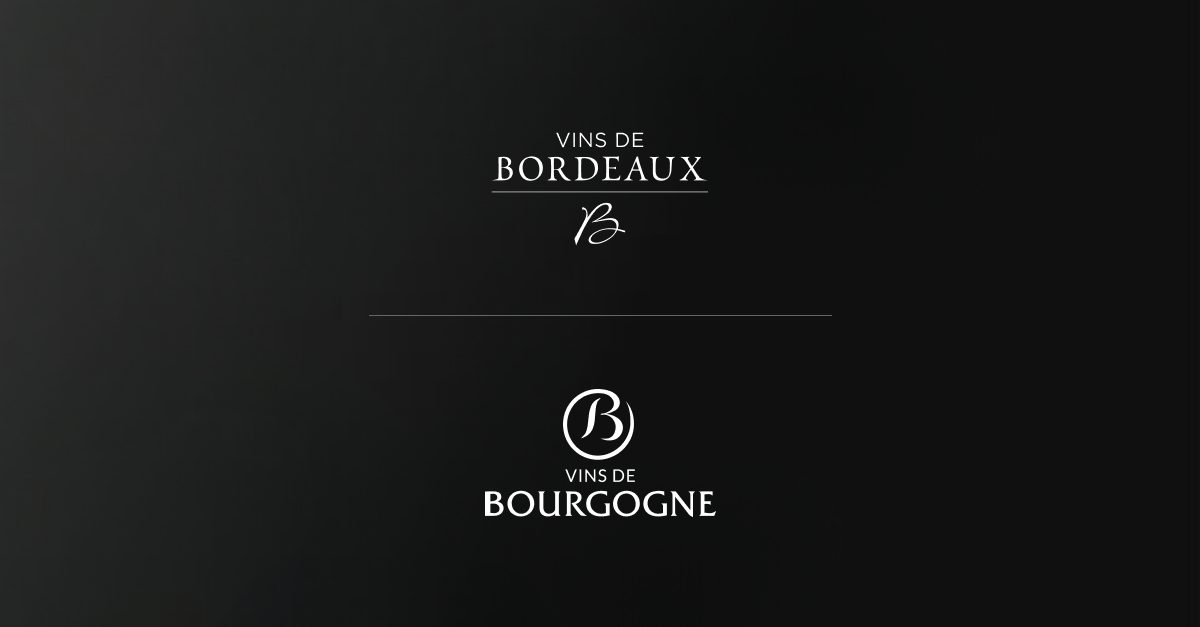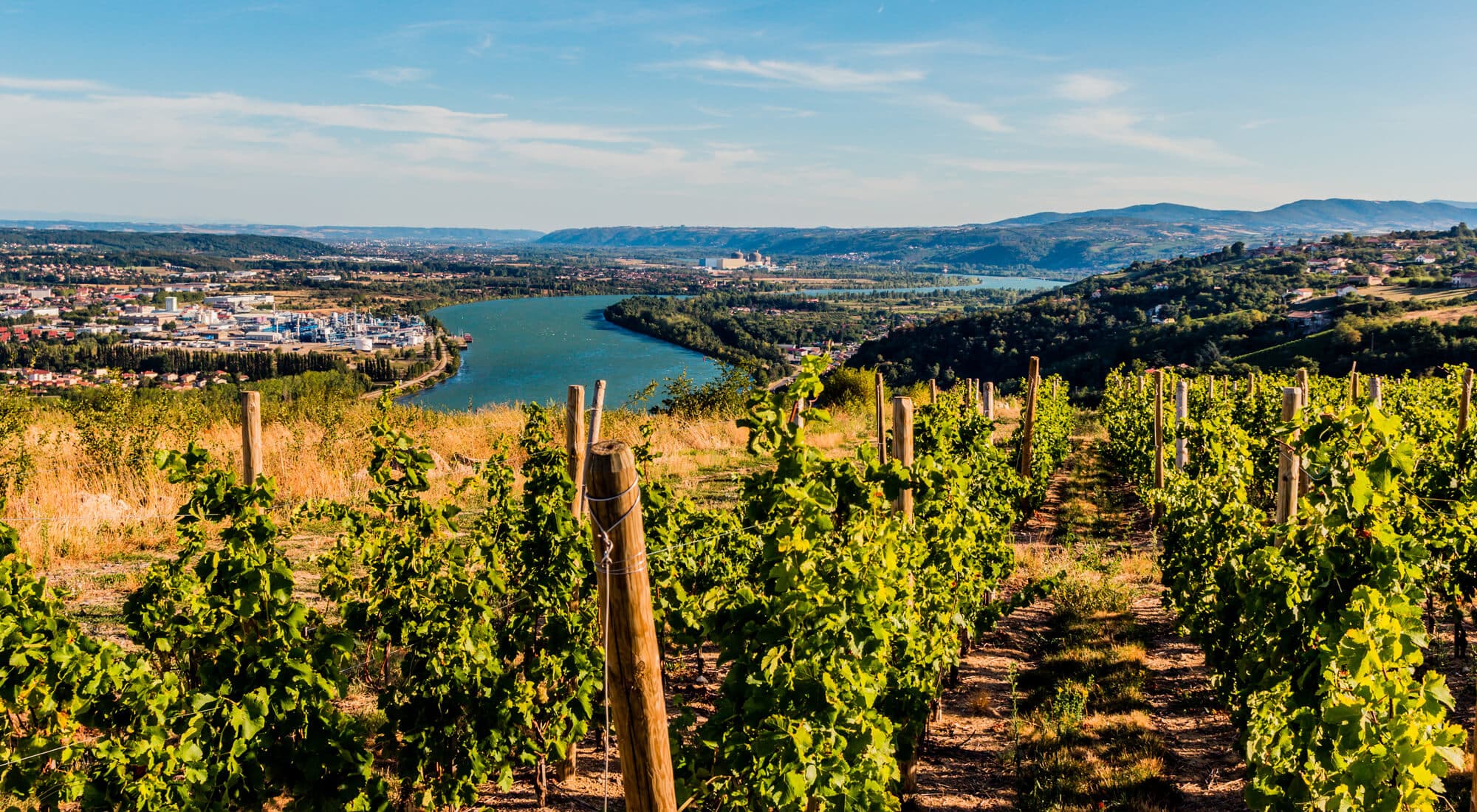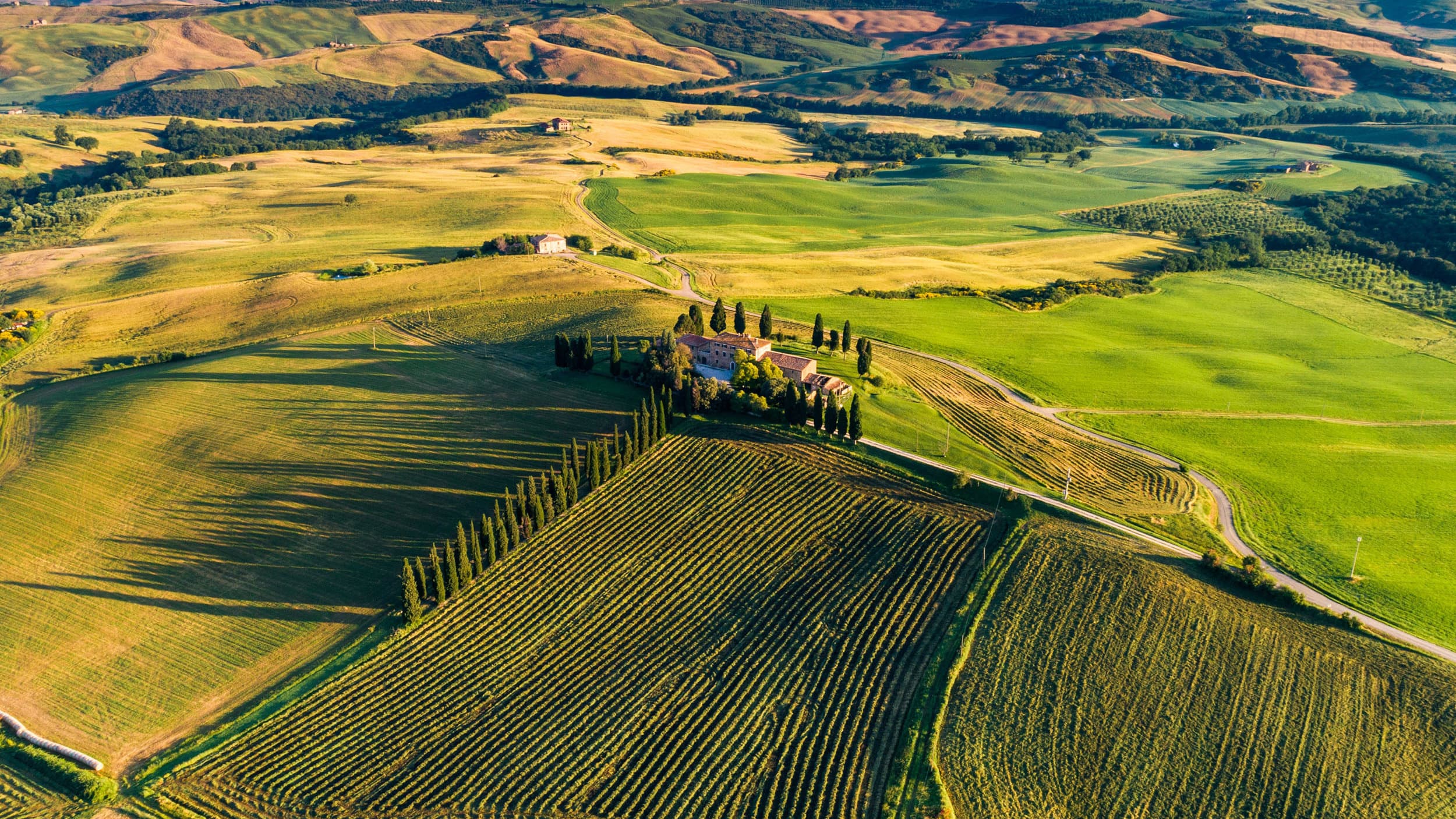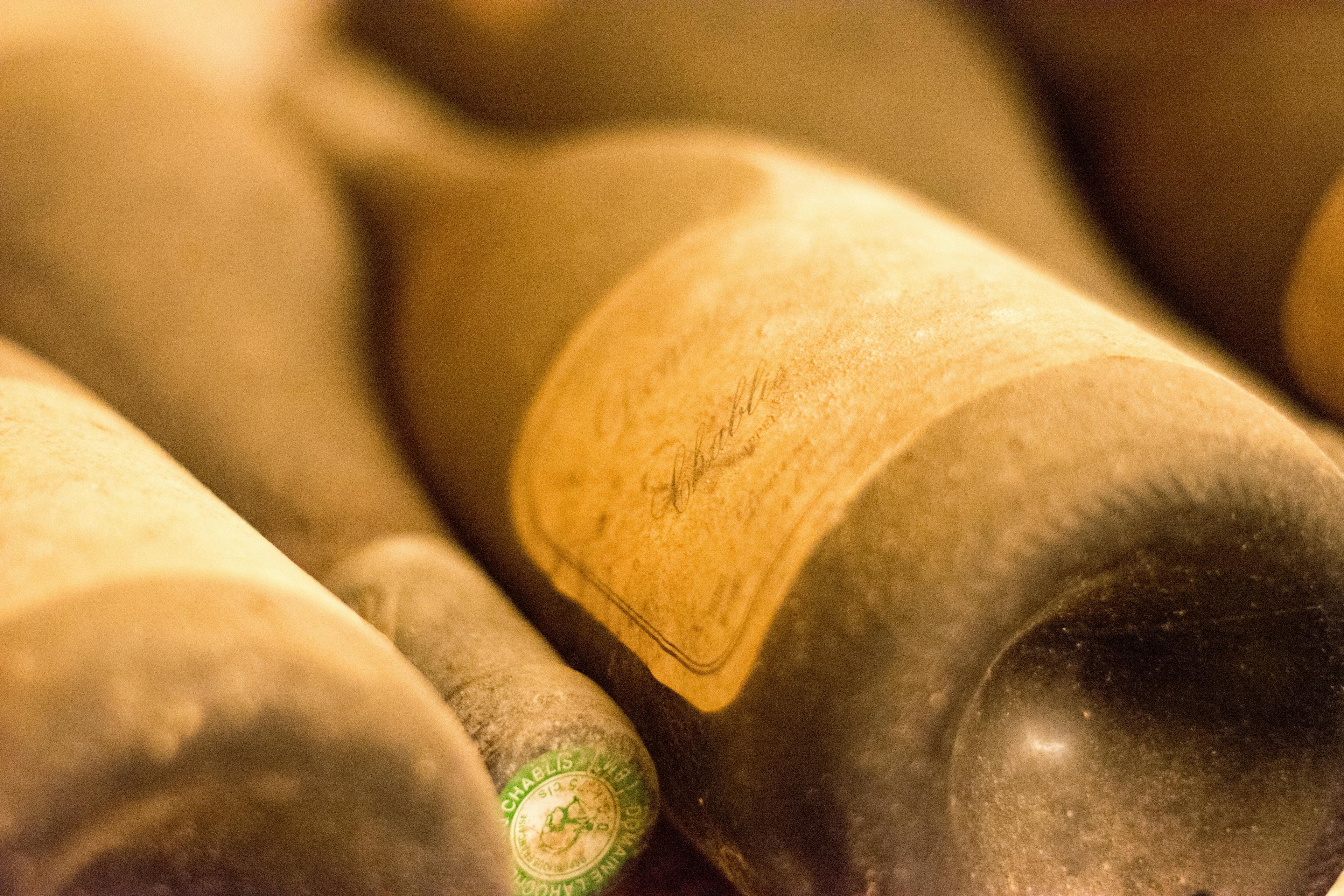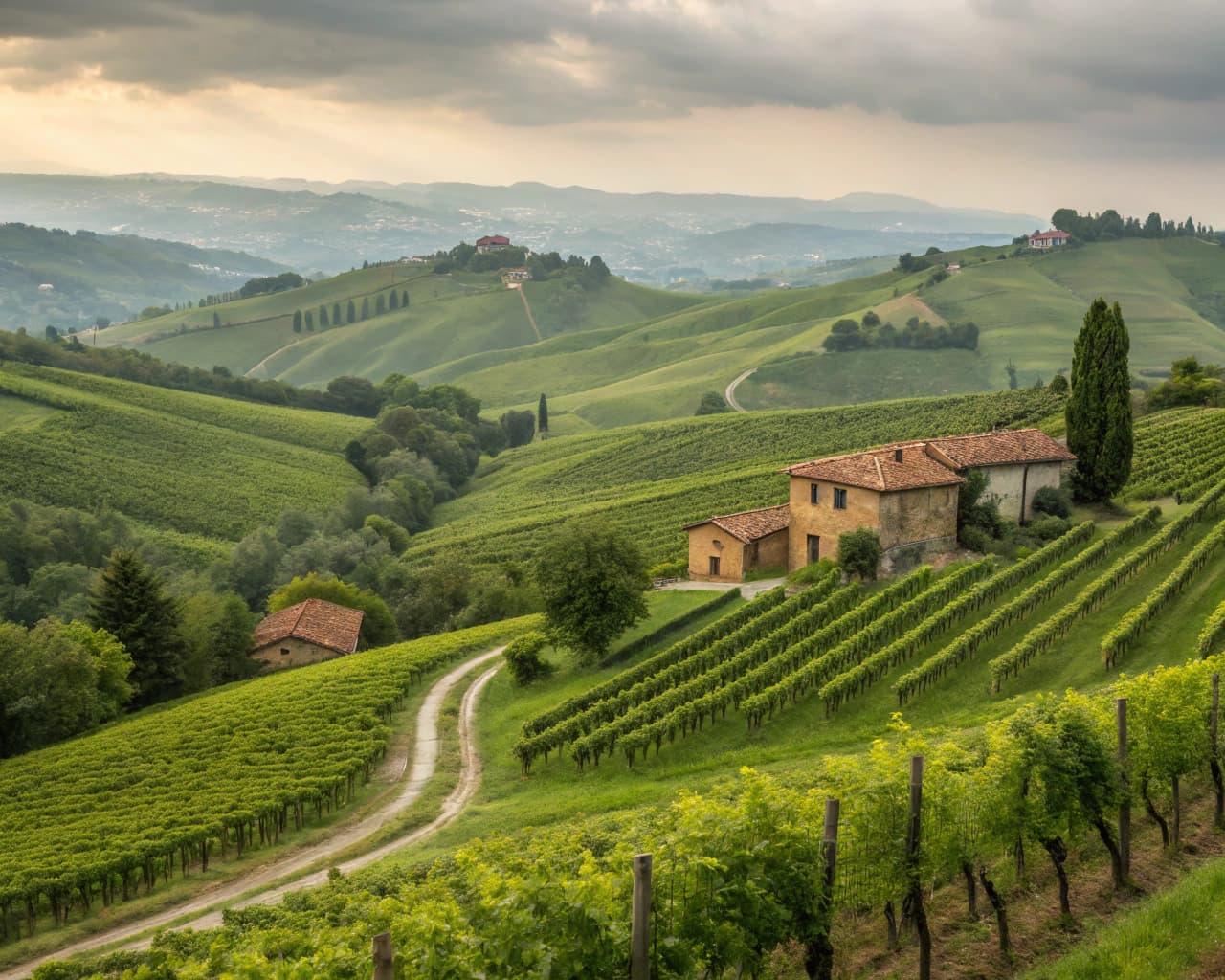
The term Gaja holds a significant place in various cultural and historical contexts, often symbolizing strength, royalty, and spiritual significance. Delving into the history behind Gaja reveals a rich tapestry of stories and traditions that span across different civilizations and time periods. From ancient religious texts to royal emblems, Gaja has been revered and depicted in numerous forms. This article aims to explore the multifaceted historical aspects of Gaja, shedding light on its enduring legacy and the reasons it continues to be a symbol of awe and reverence in many societies today.
The Founding of Gaja: Origins in the 19th Century
The origins of Gaja trace back to the 19th century in the heart of Italy's Piedmont region. Founded by Giovanni Gaja, a local grape farmer, the winery quickly established itself as a pioneer in the production of fine Italian wines. Giovanni's innovative approach to vineyard management and wine production set the stage for Gaja to become synonymous with quality and excellence.
Innovation in Winemaking: Giovanni introduced techniques such as aging wine in small French oak barrels, a practice that was revolutionary in Italy at the time.
Focus on Quality Grapes: He also implemented strict grape selection processes to ensure only the best quality was used for wine production.
Expansion of Vineyards: Under Giovanni's guidance, Gaja expanded its vineyards to include some of the best terroirs in Barbaresco, further solidifying its reputation.
These foundational decisions were crucial in establishing Gaja as a leading name in the wine industry. For those looking to preserve the quality of these exquisite wines, proper storage is key. Learn more about how to store Gaja wines safely to maintain their distinct flavors and aromas.
Key Figures in the Development of Gaja
The history of Gaja is deeply intertwined with several influential figures who played pivotal roles in its development. Initially, the brand was founded by Giovanni Gaja, a visionary who saw the potential in the Piedmont region's unique terroir. His dedication to quality and innovative techniques set the foundation for Gaja's future success.
Later, Angelo Gaja, Giovanni's descendant, became synonymous with revolutionizing Italian winemaking. Under his guidance, the winery introduced new methods, such as aging in barriques and focusing on single-vineyard wines, which were groundbreaking at the time. Angelo's charismatic leadership and keen marketing acumen significantly expanded Gaja's international reputation.
Today, Gaia Gaja, Angelo's daughter, continues to serve the legacy of her family. She has been instrumental in integrating modern sustainable practices with the traditional values of the winery. Her efforts ensure that Gaja remains at the forefront of the Italian wine industry, pushing boundaries and setting new standards.
Giovanni Gaja: Founder and initial innovator
Angelo Gaja: Modernizer and global promoter
Gaia Gaja: Current steward and sustainability advocate
Milestones in Gaja's History
Gaja, a renowned winery in Italy's Piedmont region, has a rich history marked by significant milestones that have shaped its reputation and success. Founded in 1859 by Giovanni Gaja, the winery initially gained recognition for producing Barbaresco with exceptional quality. In the 1960s, Angelo Gaja, Giovanni's descendant, took over and introduced revolutionary winemaking techniques, including the use of barriques (small French oak barrels), which was a departure from traditional large Slavonian oak casks. This shift not only enhanced the characteristics of Gaja's wines but also set a new standard in the region.
1978: Gaja was the first in the region to plant Cabernet Sauvignon, leading to the creation of the now-famous Darmagi wine.
1989: The winery expanded beyond Barbaresco, acquiring vineyards in Barolo, further cementing its status in Italian viticulture.
1996: Gaja ventured into Tuscany, establishing Ca'Marcanda in Bolgheri, which mirrored the innovative spirit of its Piedmontese operations.
2013: The winery made a significant move back to its roots by focusing solely on Piedmontese varieties, reinforcing its commitment to local viticulture and tradition.
These strategic decisions have not only expanded Gaja's portfolio but also contributed to its legacy as a pioneer in the Italian wine industry.
The Transition of Gaja Through Generations
The evolution of Gaja, a renowned wine label, reflects a fascinating journey through time, shaped by generational shifts in management and winemaking philosophies. Initially, the focus was on producing wines that strictly adhered to the traditional methods of the Piedmont region. However, as control passed from one generation to the next, innovative practices were introduced, significantly altering both the production process and the taste of the wine.
Angelo Gaja, the dynamic and visionary leader of the third generation, was pivotal in initiating this shift during the late 20th century. He implemented modern techniques such as aging in barriques, which was a departure from the large oak casks traditionally used.
Under Angelo's guidance, the vineyard management strategies were also enhanced, including the reduction of yields to ensure higher concentration of flavors and a more rigorous selection of grapes.
These changes not only elevated the quality of Gaja wines but also positioned them on the global stage, attracting attention from international connoisseurs and critics alike.
This transformation has allowed Gaja to maintain its legacy while continuously adapting to the preferences of a changing market.
Historical Challenges Faced by Gaja
Gaja, a region steeped in history, has faced numerous challenges over the centuries. These adversities have shaped the cultural and social landscape of the area, making it a fascinating subject of study.
Geopolitical Turmoil: Historically, Gaja was a strategic location coveted by various empires. This led to frequent invasions and conflicts, which destabilized the region and impacted its development.
Economic Hardships: The inhabitants of Gaja have often struggled with economic instability. Factors such as poor soil fertility, limited access to trade routes, and fluctuating market demands have hindered sustainable economic growth.
Cultural Erosion: With each invasion, Gaja experienced a dilution of its native culture. The constant influx of foreign influences posed a threat to the preservation of traditional customs and practices.
Environmental Issues: Gaja has also faced environmental challenges, including deforestation and water scarcity. These issues have compounded the difficulties in agricultural productivity, further straining the local economy.
For more in-depth information, explore these facts about Gaja, which delve into how these historical challenges have not only tested but also enriched the resilience and diversity of the region.
Gaja's Role in the Evolution of Italian Wine Laws
Gaja has been a pivotal force in shaping the landscape of Italian wine laws. Initially, regulations were stringent, limiting innovation and adaptation. However, the influence of Gaja, a renowned winery, initiated significant changes. Their advocacy for more flexible rules allowed producers to experiment and enhance the quality of their wines. This shift was crucial during a time when Italy was striving to elevate its position on the global wine stage.
Introduction of International Varieties: Gaja was among the first in Italy to plant and promote international grape varieties, which was controversial but demonstrated the potential for quality improvement.
Modification of Aging Requirements: They also pushed for amendments in aging practices, which led to the acceptance of shorter aging periods that preserved more fruit character in wines.
Labeling Innovations: The winery's efforts included changes in labeling that permitted the use of varietal names, providing clearer information to consumers and helping to market Italian wines more effectively abroad.
These changes not only benefited Gaja but also encouraged other producers to adopt new techniques and approaches, significantly contributing to the diversity and quality of popular vintages today.
Collaborations and Partnerships in Gaja's History
Gaja, a renowned name in the wine industry, has a rich history of collaborations and partnerships that have significantly shaped its brand. These alliances have not only enhanced the quality and reputation of Gaja wines but also expanded their market reach globally. One notable collaboration involves renowned chefs and restaurants to create exquisite food pairings that perfectly complement Gaja's wines. This synergy has elevated dining experiences, allowing patrons to enjoy a harmonious blend of flavors that highlight the unique characteristics of both the wine and the dishes.
Additionally, Gaja has partnered with other vineyards and wine producers to exchange knowledge and techniques, ensuring continuous improvement and innovation in their wine production processes. These partnerships often lead to limited edition releases, which are highly anticipated by wine enthusiasts around the world.
Educational Initiatives: Gaja has also engaged in educational partnerships, offering workshops and seminars that focus on wine appreciation and the art of viticulture.
Sustainability Projects: Aligning with global efforts to promote sustainability, Gaja has joined forces with environmental organizations to implement eco-friendly practices in their vineyards.
These collaborations have not only helped Gaja maintain its prestigious standing but have also fostered a deeper connection with its audience by enhancing the overall consumer experience.
Expansion and Diversification of Gaja's Wine Portfolio
Gaja, a name synonymous with innovation in the Italian wine industry, has significantly expanded and diversified its wine portfolio over the decades. Initially focused on producing Barbaresco, the winery began incorporating new techniques and grape varieties, which played a pivotal role in enhancing their offerings. This evolution started under Angelo Gaja, who took the helm in the late 1960s. His forward-thinking approach introduced international varieties such as Cabernet Sauvignon and Chardonnay, integrating them with traditional Nebbiolo grapes.
Introduction of New Varieties: By planting Cabernet Sauvignon and Chardonnay, Gaja added complexity and a modern twist to their wines, attracting a broader audience.
Innovative Production Methods: Adoption of barrique aging and malolactic fermentation helped refine the flavors and textures, setting Gaja wines apart from traditional Italian wines.
Geographical Expansion: The acquisition of vineyards in Barolo and Tuscany allowed Gaja to produce a wider range of wines, each with distinct characteristics reflective of their terroir.
These strategic decisions not only broadened their market but also elevated the prestige of Italian wines globally, making Gaja a beacon of quality and innovation. For those interested in enjoying Gaja's exquisite wines, understanding this rich history of expansion and diversification adds an extra layer of appreciation.
The Global Recognition of Gaja Over the Decades
Gaja, a name synonymous with excellence in the wine industry, has seen its global recognition soar over the decades. This ascent is largely attributed to the unparalleled craftsmanship that defines their wine production. Originating from the Piedmont region of Italy, Gaja has consistently produced wines that are not only a reflection of the rich, local terroir but also a testament to innovative winemaking techniques.
Innovation in Production: By integrating modern techniques with traditional methods, Gaja has set new standards in wine quality and complexity.
Focus on Sustainability: Emphasizing sustainable practices, Gaja has been a pioneer in biodynamic farming, ensuring environmental responsibility.
Expansion and Diversification: Beyond Piedmont, Gaja has expanded into Tuscany, bringing their distinct touch to different Italian varietals and earning accolades globally.
Awards and Accolades: Over the years, Gaja's wines have garnered numerous awards, reinforcing their status in the global wine community.
Each bottle of Gaja tells a story of heritage, meticulous care, and a relentless pursuit of perfection, resonating with wine enthusiasts around the world.
Preserving Tradition While Innovating: Gaja's Philosophy
Gaja, a renowned name in the Italian wine industry, has masterfully balanced the act of preserving deep-rooted traditions with embracing innovation. This philosophy is evident in their meticulous vineyard management and wine production techniques.
Tradition Preservation: Gaja has maintained the use of traditional Barbaresco and Barolo winemaking methods, which involve long aging processes and the use of large oak barrels. These methods have been passed down through generations, ensuring the authenticity and quality of their wines.
Innovative Practices: Despite their deep respect for tradition, Gaja has not shied away from innovation. They were among the first in the Piedmont region to implement green harvesting, a practice that involves thinning the grape clusters to enhance the quality of the remaining fruits. Additionally, Gaja has experimented with new oak barrels for aging their wines, introducing subtle changes to the flavor profile and complexity.
Sustainable Viticulture: Emphasizing sustainability, Gaja has adopted organic farming practices across their estates. This approach not only preserves the local ecosystem but also improves the quality of the soil and the grapes.
By integrating these elements, Gaja continues to produce exceptional wines that reflect both their heritage and a forward-thinking mindset.
Conclusion
In conclusion, the rich history of Gaja is not just a testament to the brand's dedication to quality and innovation in winemaking, but also a beacon for wine enthusiasts who appreciate the depth and character of fine wines. As we've explored the origins and evolution of Gaja, it's clear that this winery has not only played a pivotal role in the history of Italian wines but has also set standards that many aspire to emulate. For those looking to experience the legacy of Gaja, Rekolt offers an exceptional platform where the tradition of fine wine meets modern convenience.
At Rekolt, we understand the importance of proper storage and the impact it has on a wine's quality and investment value. That's why we provide a professional cellar storage option for our customers, ensuring that each bottle of Gaja, or any other fine wine purchased through our marketplace, is preserved under optimal conditions until it's either enjoyed or resold. This service not only enhances the longevity and flavor of the wines but also simplifies the trading and resale process, making it a seamless experience for collectors and enthusiasts alike. Whether you're looking to invest in a bottle of Gaja or explore other prestigious labels, Rekolt is your trusted partner in navigating the exquisite world of fine wines.
Share this article
